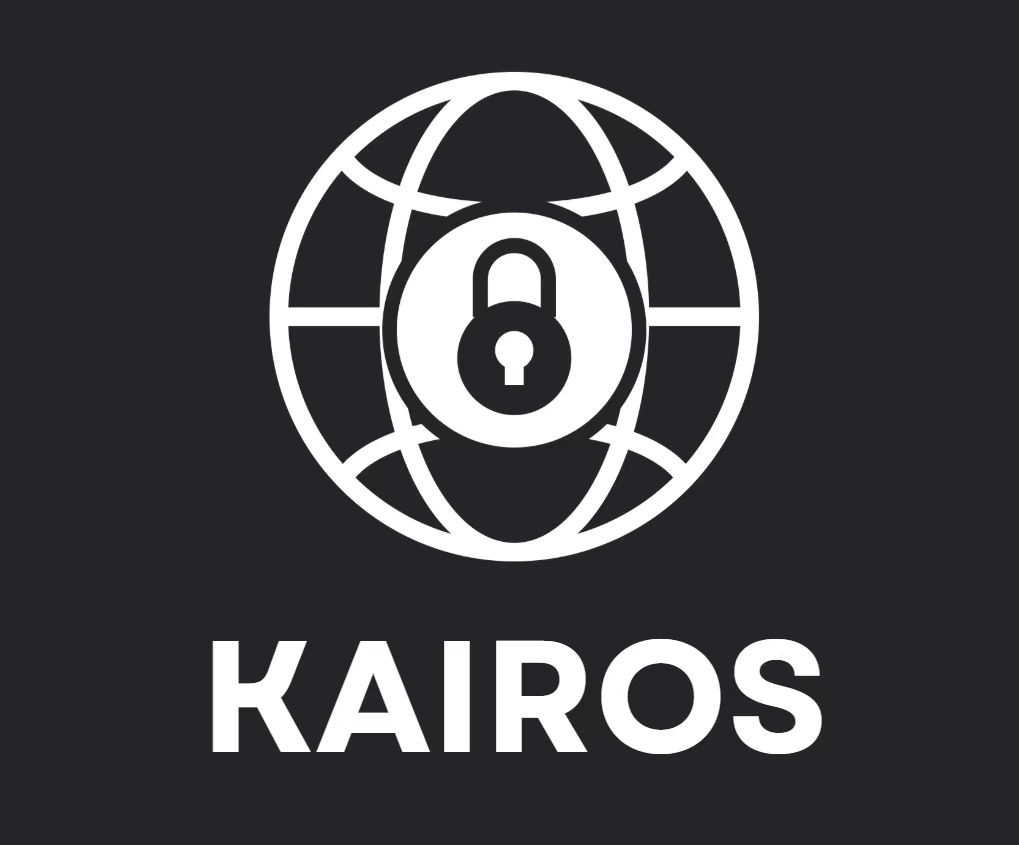In recent years, artificial intelligence (AI) has emerged as a cornerstone of innovation, driving transformative changes across industries. However, with its growing adoption comes an expanding attack surface, requiring organizations to approach AI security with rigor and precision. Security professionals protecting corporate assets must now integrate specialized frameworks and methodologies to safeguard AI systems. One particularly potent tool in this effort is the Common Weakness Enumeration (CWE).
This blog explores how CWE, a well-established system for classifying software and hardware vulnerabilities, can be adapted to strengthen AI security. By aligning CWE with hardened cybersecurity frameworks, organizations can adopt a systematic and proactive approach to mitigating AI-related risks.

Understanding CWE and Its Relevance to AI Security
CWE is a comprehensive dictionary of software and hardware weaknesses that provides a standardized language for identifying, describing, and addressing vulnerabilities. Initially designed to assist developers and security teams in mitigating conventional software threats, CWE has evolved to accommodate emerging technology domains, including AI.
The significance of CWE in AI security lies in its structured approach to categorization and mitigation. By mapping AI-specific vulnerabilities to existing CWE entries or creating new ones, organizations gain a robust foundation for risk assessment and incident response.
Challenges in AI Security
Before diving into the CWE application, it’s important to understand the unique challenges that AI systems pose:
-
Data Dependency: AI models rely heavily on data quality and integrity. Poisoning attacks, where adversaries manipulate training data, can severely compromise model performance.
-
Algorithmic Transparency: Many AI models operate as black boxes, making it difficult to understand their decision-making processes or detect anomalous behavior.
-
Dynamic Behavior: Unlike static software systems, AI models evolve over time as they ingest new data. This dynamic nature introduces new vectors for exploitation.
-
Integration Risks: AI systems often interact with other corporate technologies, creating complex interdependencies that expand the potential attack surface.
-
Regulatory Compliance: Emerging AI-focused regulations demand robust security measures, creating pressure to adopt frameworks that ensure both compliance and resilience.
Leveraging CWE for AI Security
1. Mapping AI-Specific Threats to CWE Entries
Existing CWE entries can often be adapted to describe AI-specific vulnerabilities. For example:
-
CWE-20 (Improper Input Validation): This applies directly to adversarial attacks where carefully crafted inputs are designed to deceive AI models.
-
CWE-125 (Out-of-Bounds Read): AI systems relying on structured data can be exploited if they inadvertently read malicious or unexpected input formats.
-
CWE-327 (Use of a Broken or Risky Cryptographic Algorithm): This is relevant for AI systems employing insecure algorithms to protect sensitive model or data assets.
Where gaps exist, new CWE entries should be proposed to address AI-specific vulnerabilities, such as model inversion attacks or membership inference.
2. Integrating CWE into Hardened Frameworks
Hardened cybersecurity frameworks, such as the NIST Cybersecurity Framework (CSF) and MITRE ATT&CK, provide structured guidance for managing threats. Integrating CWE into these frameworks enables AI security teams to:
-
Identify Risks Systematically: CWE offers a detailed inventory of weaknesses, helping organizations conduct thorough threat modeling.
-
Develop Targeted Mitigations: By understanding the specific weaknesses AI systems might exhibit, teams can implement tailored controls.
-
Enhance Threat Intelligence: Mapping incidents to CWE entries enhances reporting consistency and facilitates sharing insights with the broader security community.
3. Securing the AI Development Lifecycle
CWE can be particularly effective when integrated into the AI development lifecycle, helping organizations address vulnerabilities at each phase:
-
Data Collection and Preprocessing: CWE entries related to data integrity (e.g., CWE-345) guide secure data handling practices, reducing exposure to poisoning attacks.
-
Model Training: During this phase, CWE-611 (Improper Restriction of XML External Entity Reference) can help prevent exploits in training pipelines reliant on XML data.
-
Deployment: Framework-specific CWEs, such as CWE-284 (Improper Access Control), ensure proper permissions and restrictions are in place for deployed models.
-
Monitoring: Continuous monitoring for weaknesses, such as CWE-200 (Exposure of Sensitive Information), helps detect issues in real time.
4. Training and Awareness
Educating developers, data scientists, and security professionals on CWE’s relevance to AI security fosters a culture of vigilance. Regular training sessions can:
-
Familiarize teams with AI-specific CWE mappings.
-
Highlight real-world case studies where CWE-based mitigations prevented breaches.
-
Promote the use of CWE as a common language for cross-team collaboration.
Practical Steps to Implement CWE for AI Security
When it comes to weaving CWE into your AI security strategy, it’s all about taking deliberate, thoughtful steps that align with your organization’s goals. The first step is to conduct a gap analysis. This means evaluating your current AI security measures and cross-checking them with CWE’s inventory. By doing this, you can pinpoint areas where you might be vulnerable, giving you a clear starting point for improvements.
Once you’ve identified those gaps, it’s time to create a CWE mapping tailored to your AI systems. This involves linking relevant CWE entries to your specific use cases, ensuring that you’re addressing the most pressing vulnerabilities in a structured way. This tailored approach makes it easier to focus your resources where they’re needed most.
Next, implementation comes into play. Use the CWE mapping as a guide to design and deploy both technical and organizational controls. Whether it’s securing your data pipelines or tightening access permissions, these controls will help reduce the risk of exploitation.
But security is not a one-and-done deal. Regularly updating your CWE mapping and associated practices is essential. Threats evolve, and so must your defenses. Adopting a mindset of continuous improvement ensures that you stay one step ahead of adversaries.
Finally, don’t go it alone. Collaboration is key. By engaging with industry groups like the MITRE AI CWE Project, you can share knowledge, learn from others, and contribute to a collective effort to enhance AI security. This kind of teamwork not only strengthens your own defenses but also elevates the security posture of the entire community.
The Future of CWE and AI Security
As AI technologies continue to advance, so too must CWE. New vulnerabilities and attack methods are constantly emerging, making it critical for CWE to evolve alongside them. Security professionals have a vital role to play in this evolution by actively reporting AI-specific weaknesses encountered in real-world scenarios.
Contributing to the development of AI-focused CWE categories is another way to drive progress. By doing so, you help create a more comprehensive framework that benefits everyone. Additionally, working closely with standards bodies to align CWE with regulatory requirements ensures that your efforts are both effective and compliant.
Looking ahead, the integration of CWE with sophisticated threat detection and mitigation frameworks will unlock even greater potential. This synergy will enable organizations to stay ahead of the curve, protecting their assets in a world increasingly dominated by AI-driven innovation.
Conclusion
AI security is a complex and dynamic field requiring robust frameworks and methodologies. By leveraging CWE within hardened cybersecurity frameworks, security professionals can systematically identify, categorize, and mitigate vulnerabilities unique to AI systems. This approach not only enhances resilience but also fosters collaboration and compliance in the rapidly evolving threat landscape.
For corporations seeking to protect their AI investments and maintain stakeholder trust, adopting CWE as a cornerstone of their AI security strategy is not just prudent—it’s essential.


3 Comments
Your comment is awaiting moderation.
İstanbul su kaçağı tespiti hizmeti Deneyimli Kadro: Ekip oldukça deneyimliydi. Tesisat sistemimizdeki kaçak noktasını kısa sürede bulup çözdüler. http://bird-dresden.de/2012/10/18/ueskuedar-su-kacak-tespiti/
Quos eius veritatis consequatur ea non. Quia cupiditate pariatur soluta omnis. Temporibus hic ut sunt minus. earum illo temporibus officiis. Dignissimos ea nobis sed ut corrupti sint. Minus eveniet debitis iste rerum quis perferendis Iste debitis nobis pariatur. Veniam totam vitae voluptas. Quo accusantium tempore sunt accusamus. Iste accusamus placeat commodi consequuntur veritatis accusamus. deleniti dolor rerum maiores dignissimos libero. ut ut doloremque non soluta voluptatum. Omnis earum quaerat eos a est. Eveniet at non sit. incidunt dolorum repellendus. Eum ea et tenetur veritatis quaerat.
Modi quia tempora distinctio rem quia. Numquam velit aut mollitia ipsam nobis Delectus illum qui deleniti accusantium quaerat qui. Blanditiis sed cupiditate praesentium nisi quis. Quibusdam est qui aperiam recusandae. Sit quae aut vitae voluptatem et est. quae hic sit nisi aut. minus rem. Id ea aliquam dolorem fugiat. quaerat accusamus et vel qui qui Voluptatem aut aut laborum. voluptas harum recusandae pariatur. Tempora magni neque aut. Illum hic aut minima quae.
Laborum repellat sed nihil perferendis. Quos totam sint quo eum dolore consequuntur molestias. Assumenda odit exercitationem explicabo quisquam ullam. Non doloribus rem aut ex. Voluptatem ipsum aliquam non dolorem maiores Rerum qui quo quia. Perferendis dolorum et nam Voluptatem voluptatibus ipsa culpa quia earum. quae doloribus voluptas culpa. Ut voluptas enim est. Sequi occaecati sed enim non voluptas. Veritatis deserunt enim minus.